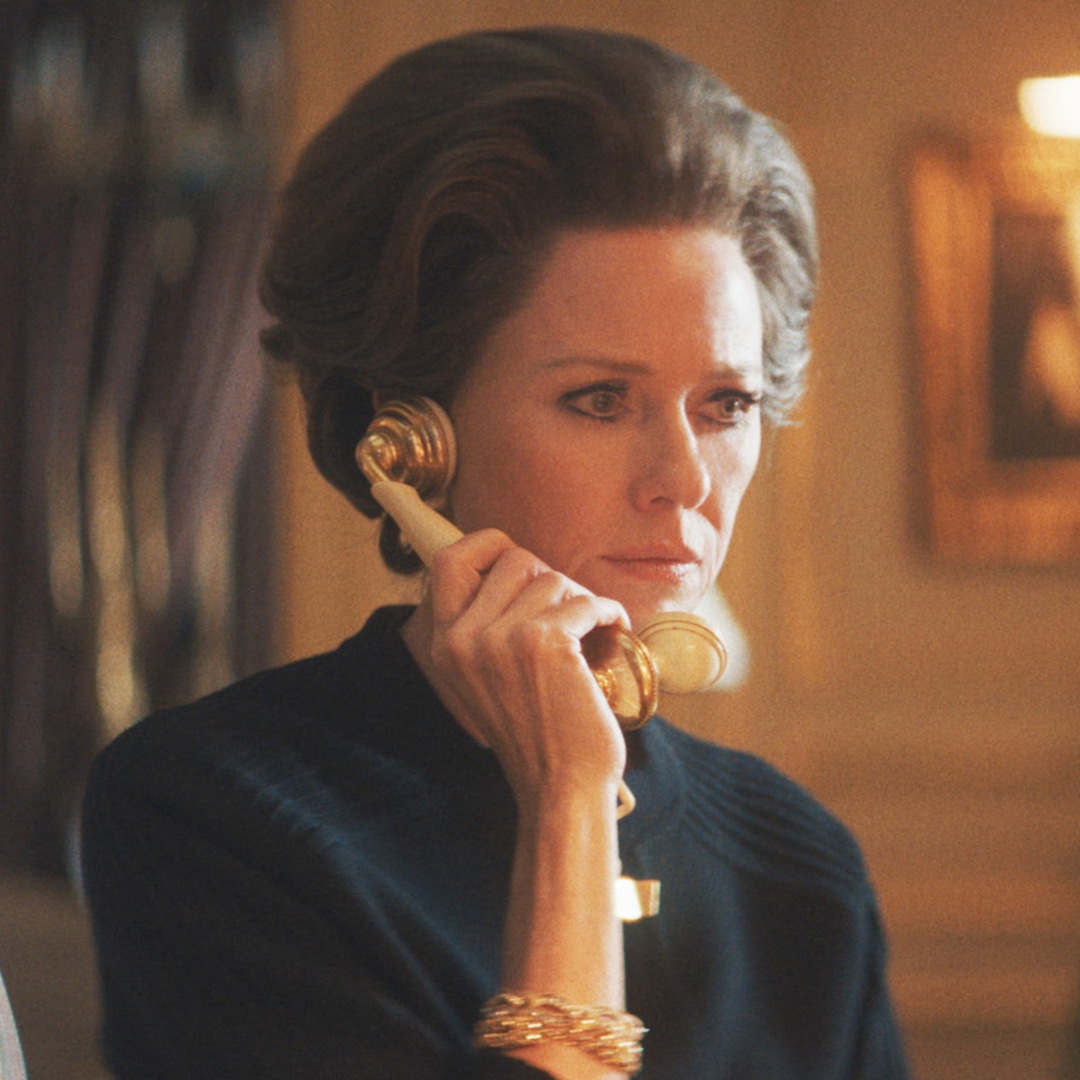Exploring Truman Capote?s Portrayal of High Society in “La Côte Basque, 1965”
In his provocative short story “La Côte Basque, 1965,” Truman Capote draws inspiration from the glamorous life of Slim Keith, who at that time was known as Lady Keith of Castleacre. This vibrant character, “Lady Ina Coolbirth,” is depicted as a “big breezy peppy broad.” During a lively lunch at La Côte Basque, a renowned establishment in Manhattan, she engages with Capote’s fictional alter ego, “P.B. Jones.” As she orders an elaborate meal meant to take some time to prepare, her intention is clear: to indulge in the luxurious experience of drinking Cristal champagne while waiting, showcasing the extravagant lifestyle of New York’s elite.
As the conversation unfolds, Lady Ina shares her plans of traveling to Mexico for a divorce, candidly admitting her need for male companionship. However, her perspective also shifts when she reflects on the idea that “a woman my age” might find solace and admiration in a relationship with another woman. This insight highlights the complexities of love and relationships among women in high society, revealing the societal pressures they face in their quest for emotional fulfillment and security.
In the narrative, Ann Woodward, referred to as “Ann Hopkins,” becomes the target of Lady Ina’s biting commentary. The character is branded as a “tramp” and a “murderess,” with Lady Ina asserting, despite the official ruling of an accident, that Ann is responsible for her husband?s death “with malice aforethought.” This intense judgment underscores the darker aspects of social rivalry and the gossip culture that thrives within elite circles. Lady Ina?s relentless critique serves as a stark reminder of the fierce scrutiny faced by women in the public eye, exposing the harsh realities of their lives.
In a contrasting portrayal, P.B. describes the captivating Lee Radziwill, using her real name, as a “perfect” specimen of beauty and charisma. Lady Ina, in turn, draws comparisons between Lee and her enigmatic older sister, highlighting the allure and complexity of their familial connections. This dynamic adds another layer to the intricate web of relationships among Capote’s characters, reflecting the interplay of admiration and rivalry that defines the world of the social elite.


